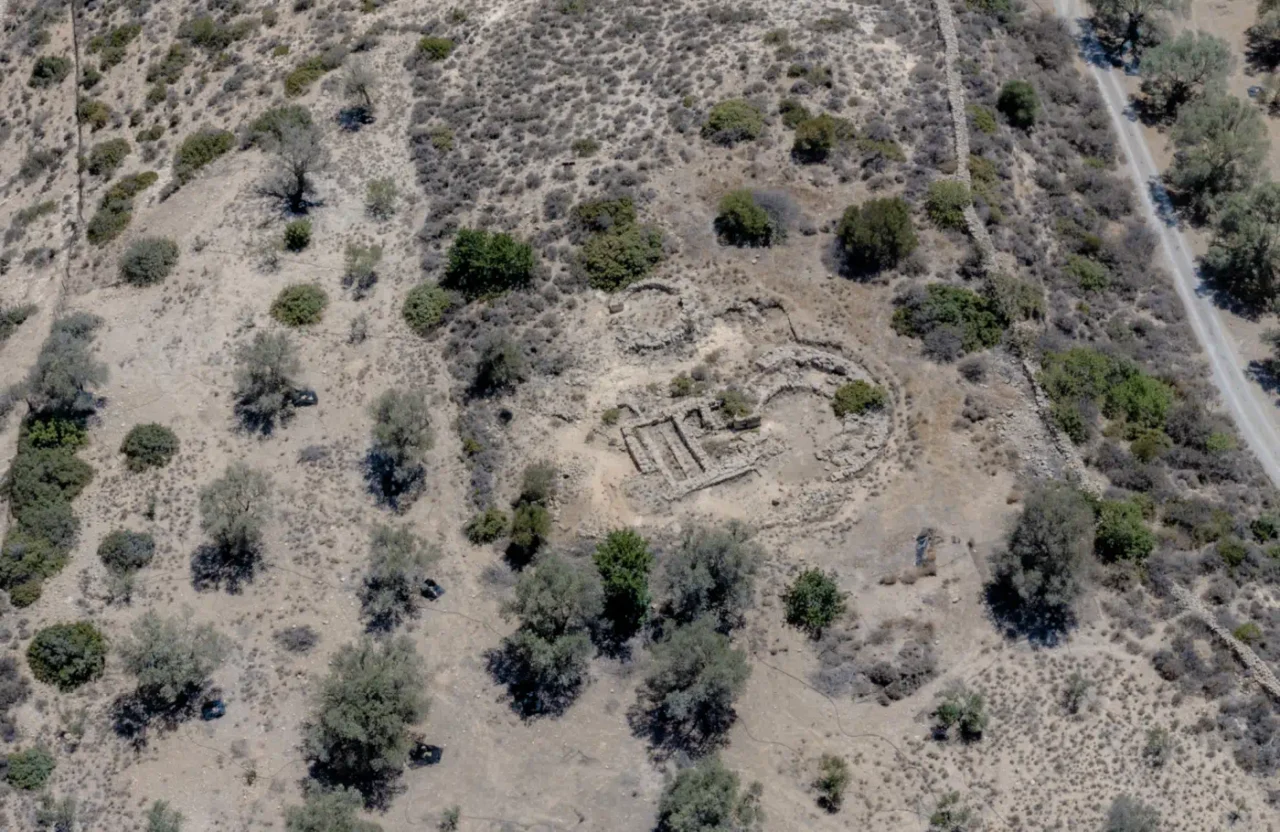
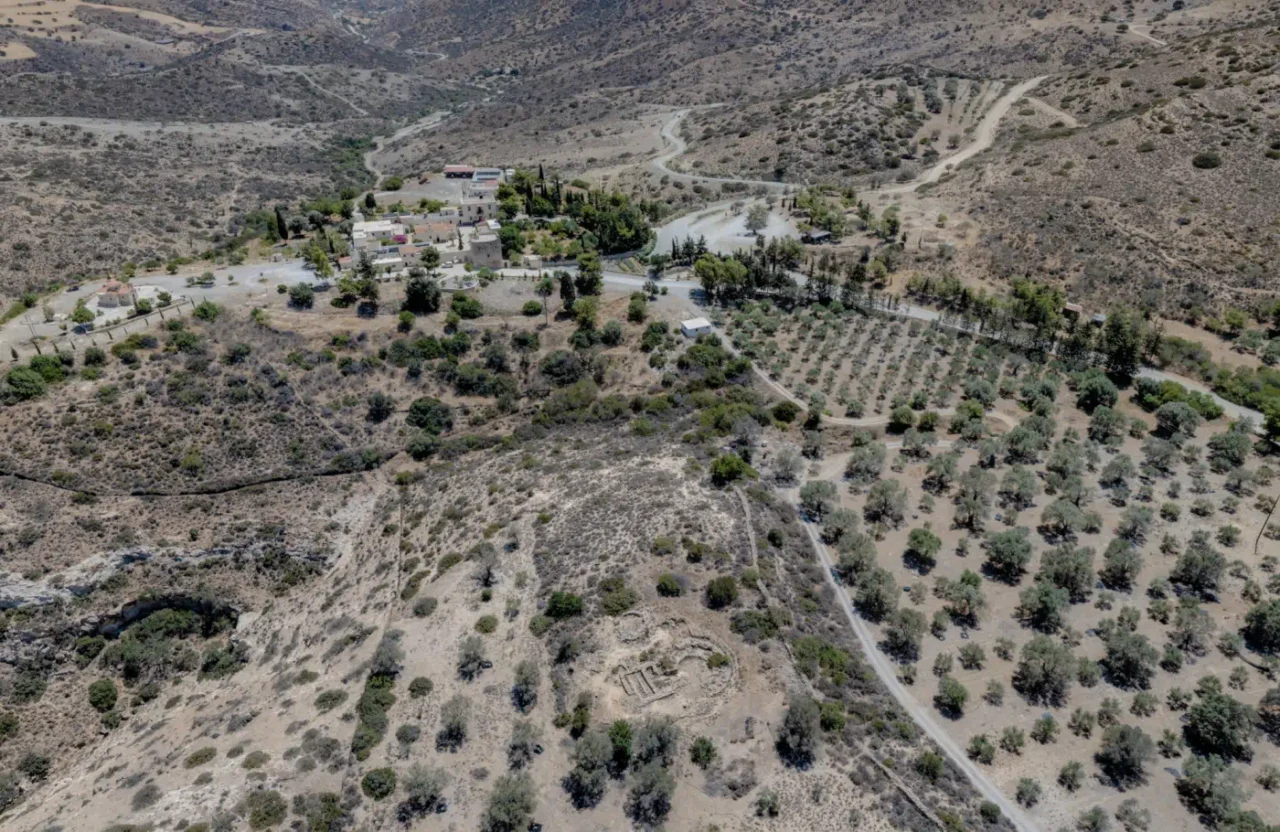
A Glimpse into Early Minoan Burial Practices
The Odigitria (also Odigitria) cemetery, located in the Asterousia mountains of south-central Crete, provides significant insights into Early Minoan (EM) burial practices and societal structures. Excavated in the late 1970s and early 1980s, this site consists of two tholos tombs (A and B), a complex of rooms, courtyards, an ossuary, and a possible altar, all enclosed within a peribolos wall.
Three Construction Phases Spanning Centuries
The cemetery’s development is marked by three distinct construction phases, beginning in the Final Neolithic period and extending into the Middle Minoan (MM) era. The earliest phase, dating to EM I, saw the construction of Tholos A, followed by Tholos B and associated structures like the annexes and peribolos wall. During the second phase (EM II), Tholos B was enhanced with an additional outer wall, and the Rectangular Building was erected. The final phase (EM III – MM IA) witnessed the redesign of the Rectangular Building and the gradual disuse of Tholos A.
Tholos Tombs: Central to Funerary Rites
The tholos tombs, circular structures with domed roofs, served as the primary burial chambers. Tholos A, though smaller, contained undisturbed EM I pottery deposits, enabling precise dating. Tholos B, while looted in the past, boasts a unique complete outer wall, possibly for structural reinforcement or symbolic reasons. Both tombs exhibit the trilithon entrance characteristic of Mesara tholoi.
Rectangular Building: More than an Annex
The Rectangular Building, initially comprising six rooms, was later remodeled into a three-room structure. Its function extended beyond a mere annex to Tholos B, potentially serving as an independent burial building or ritual space. The building’s evolution mirrors the changing funerary practices over time.
Courtyards: Ritual Spaces for the Deceased
The four courtyards at Odigitria, particularly the Eastern and Outer Courtyards paved with stone slabs, likely hosted rituals associated with the deceased. The presence of a possible altar further suggests their importance in funerary ceremonies.
Ossuary: Final Resting Place
The ossuary, a pit containing numerous skeletal remains and grave goods, reveals the practice of secondary burial. Bodies were initially interred in the tholos tombs or pithoi (large storage jars) and later transferred to the ossuary after decomposition. The ossuary’s contents provide valuable information about demographics, health, and burial customs.
Archaeological Site: Key Points
- Construction Period: Final Neolithic to Middle Minoan IA
- Location: Asterousia mountains, south-central Crete
- Dimensions: Two tholos tombs (approx. 4.5m and 6m diameter), Rectangular Building, courtyards, ossuary
- Historical Significance: Provides insights into Early and Middle Minoan burial practices, social structures, and material culture
- Current Status: Excavated and accessible for scholarly research
References
Access
The site is in the property of the Monastery.













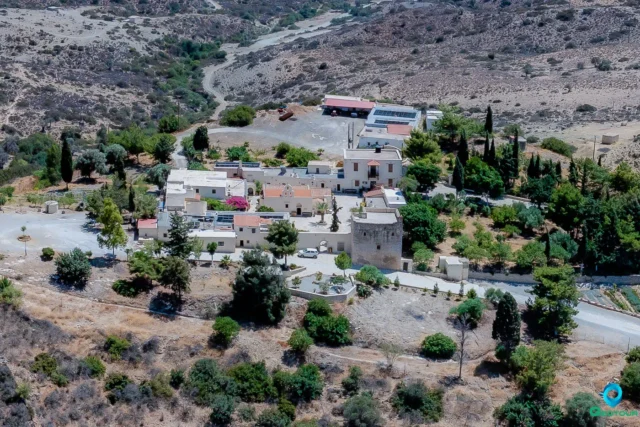


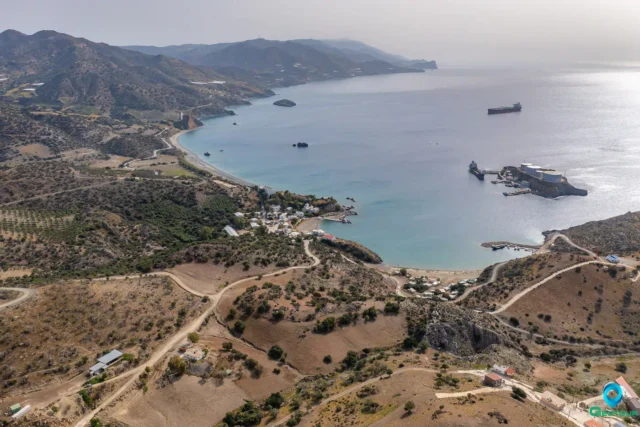


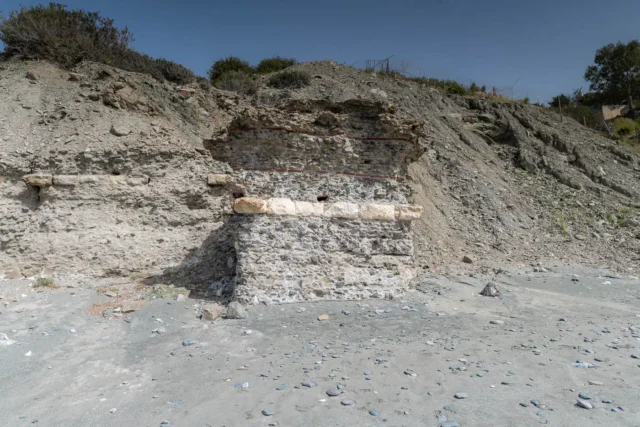
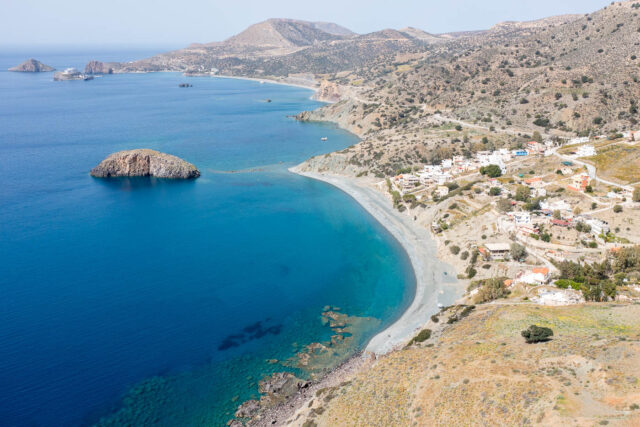


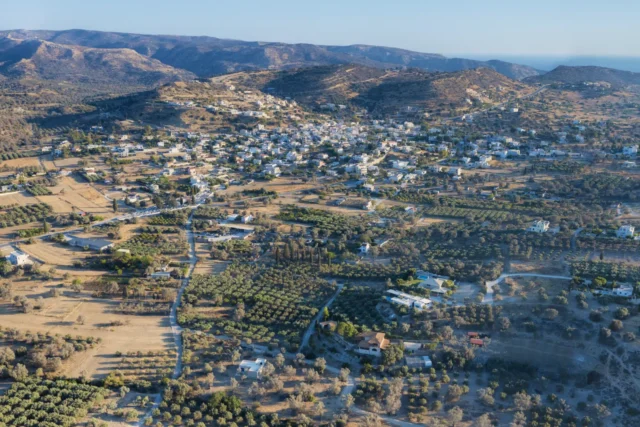

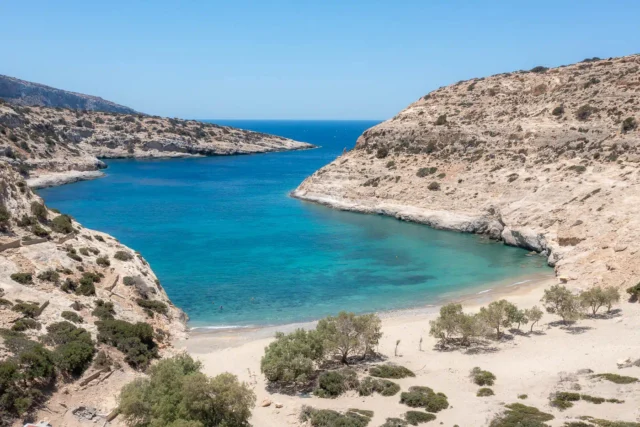

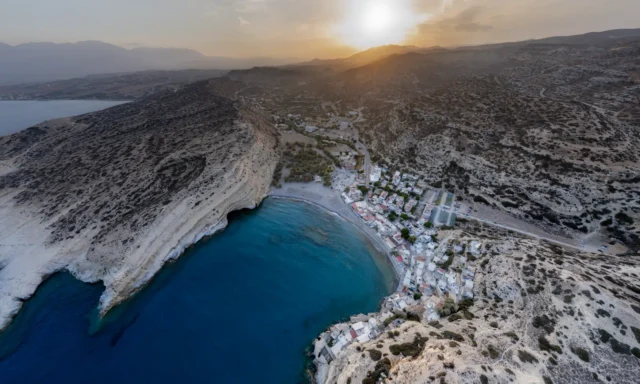
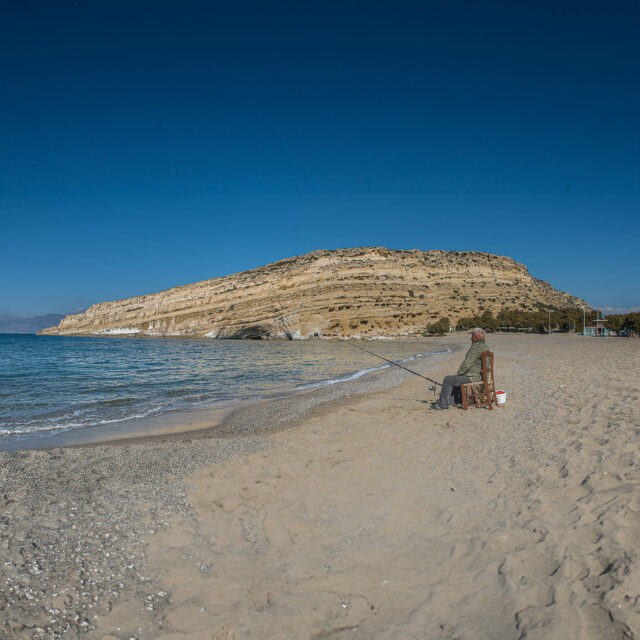
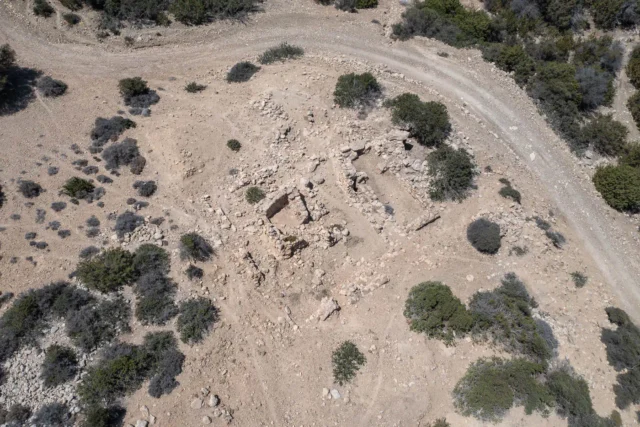
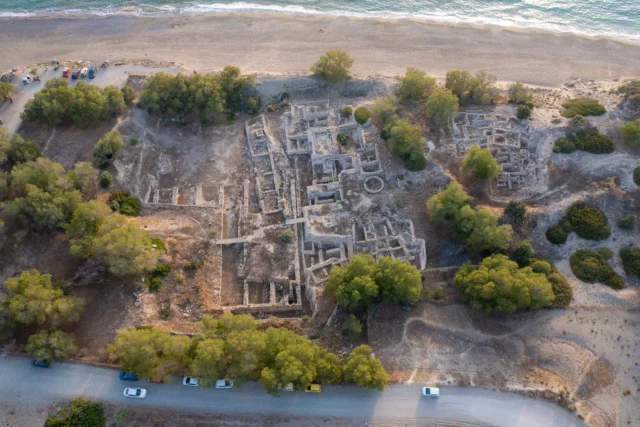
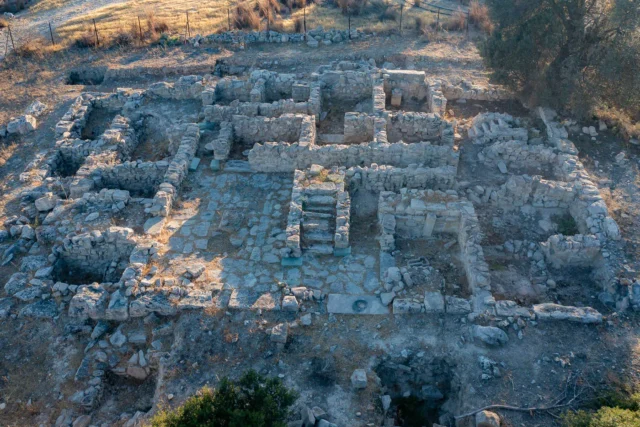
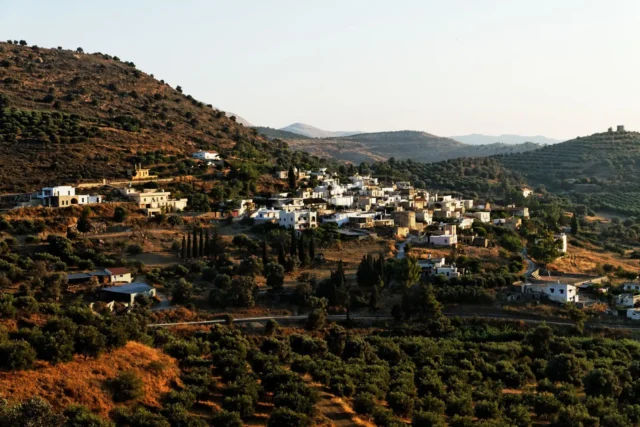
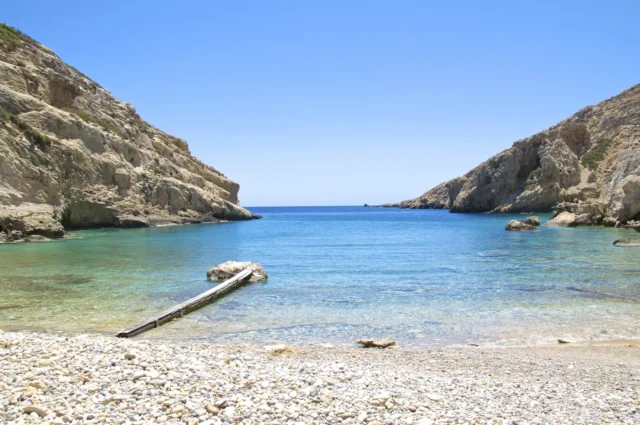

There are no comments yet.